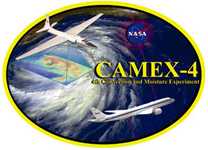
Convection and Moisture Experiment
Global Water & Energy Cycle, Weather
- 4
- view all deployment datesDeployments
1993-09-07 1993-10-08 1995-08-23 1995-09-02 1998-08-04 1998-09-30 2001-08-03 2001-09-28 - 7
- Platforms
- 70
- Data Products
The Campaign
The Convection and Moisture Experiment (CAMEX) studied tropical cyclones and convection to validate the Tropical Rainfall Measuring Mission (TRMM) and improve forecasting and tracking of tropical storms. CAMEX conducted four deployments across the Caribbean, the Gulf of Mexico, and the Atlantic coasts of the United States from 1993 to 2001. Both airborne and ground-based instruments were used to analyze storm structure and the environment of tropical cyclones. CAMEX was funded by NASA as part of the Mission to Planet Earth.
N: 50°N
S: 10°N
W: 116°W
E: 48°W
Additional Notes
The CAMEX campaign collaborated with NOAA Hurricane Research Division (HRD) and the TEFLUN campaign on several flights during the third and fourth deployments.
Repositories
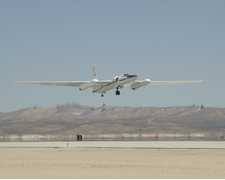
NASA Earth Resources-2 Aircraft
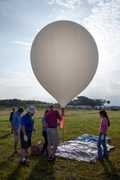
Balloon Launch Site
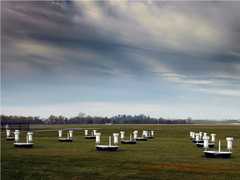
Field Site

NASA Earth Resources-2 Aircraft
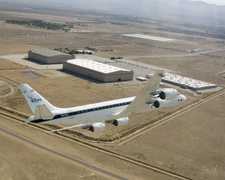
Douglas DC-8

Balloon Launch Site

NASA Earth Resources-2 Aircraft

Field Site
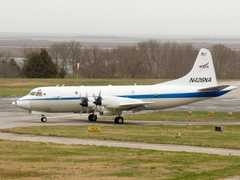
P-3 Orion

NASA Earth Resources-2 Aircraft
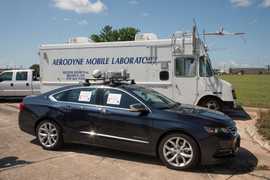
Vehicle

P-3 Orion
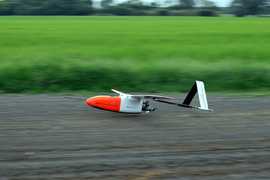
Aerosonde Small Uncrewed Aerial System

Field Site

Douglas DC-8
Events
Filter data products from this campaign by specific platforms, instruments, or formats.
